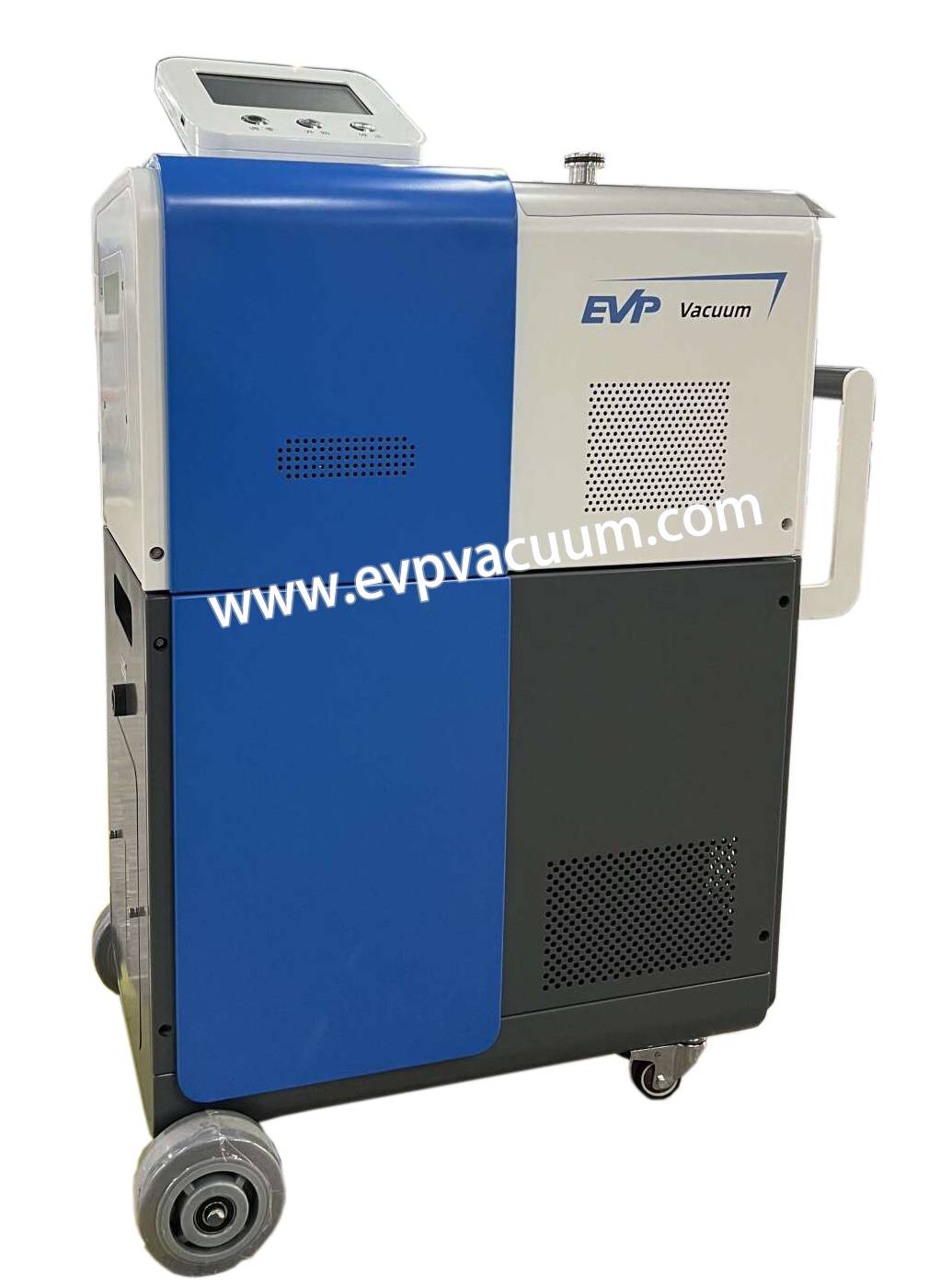Helium mass spectrometry leak detection of sealing performance of zinc oxide lightning arrester
helium mass spectrometry leak detection of sealing performance of zinc oxide lightning arrester to introduction
Zinc oxide lightning arrester is a new type of lightning arrester developed in the 1970s, mainly composed of zinc oxide varistors. Each varistor has a certain switching voltage (called varistor voltage) from the time it is made. At normal operating voltage (i.e. less than varistor voltage), the varistor value is very large, equivalent to an insulating state. However, under the action of impulse voltage (greater than varistor voltage), the varistor is broken down at a low value, equivalent to a short circuit state. However, after being struck, the varistor can restore its insulation state; When the voltage higher than the varistor voltage is withdrawn, it returns to a high resistance state.
Zinc oxide lightning arrester is a device that uses different cross-sectional areas, thicknesses, and quantities of zinc oxide varistors according to voltage requirements, installed in ceramic sleeves, filled with nitrogen gas, and sealed. If there is no pressure difference between the inside and outside due to leakage, external humid gases may enter and damage the conductivity of the zinc oxide varistor, causing damage and explosion. Therefore, the sealing and leak detection work of zinc oxide lightning arrester is very important. According to the GB11032-2000 standard for AC gapless metal oxide lightning arresters, the leakage index requirement for high-voltage zinc oxide lightning arresters is 6.65 * 10-8 Pa * m3/s. This requirement determines that the sealing leakage test of zinc oxide lightning arresters must use a helium mass spectrometer leak detector for leak detection.
Normally, the helium leak detection of zinc oxide lightning arresters is carried out using negative pressure helium spraying method, which involves using a vacuum pump to create a certain vacuum in the internal cavity of the zinc oxide lightning arrester, and then spraying helium on the suspected leakage location on the surface with a spray gun. If the leakage is not qualified, the helium detector will sound and light an alarm, indicating that the product leakage index is unqualified. Overall, the negative pressure method for helium mass spectrometry leak detection is easy to operate, highly responsive, and has the highest detection accuracy, fully meeting the sealing leak detection requirements of zinc oxide lightning arresters.

The above picture shows the product tested by EVP Vacuum Co., Ltd. at a zinc oxide lightning arrester testing manufacturer. Compared with traditional water testing and pressure boosting methods for leak detection, the helium mass spectrometer leak detector not only responds quickly, but also accurately detects the location of the leak point.
(The article comes from the Internet. If reprinting is not allowed, please contact our company to delete it.)

